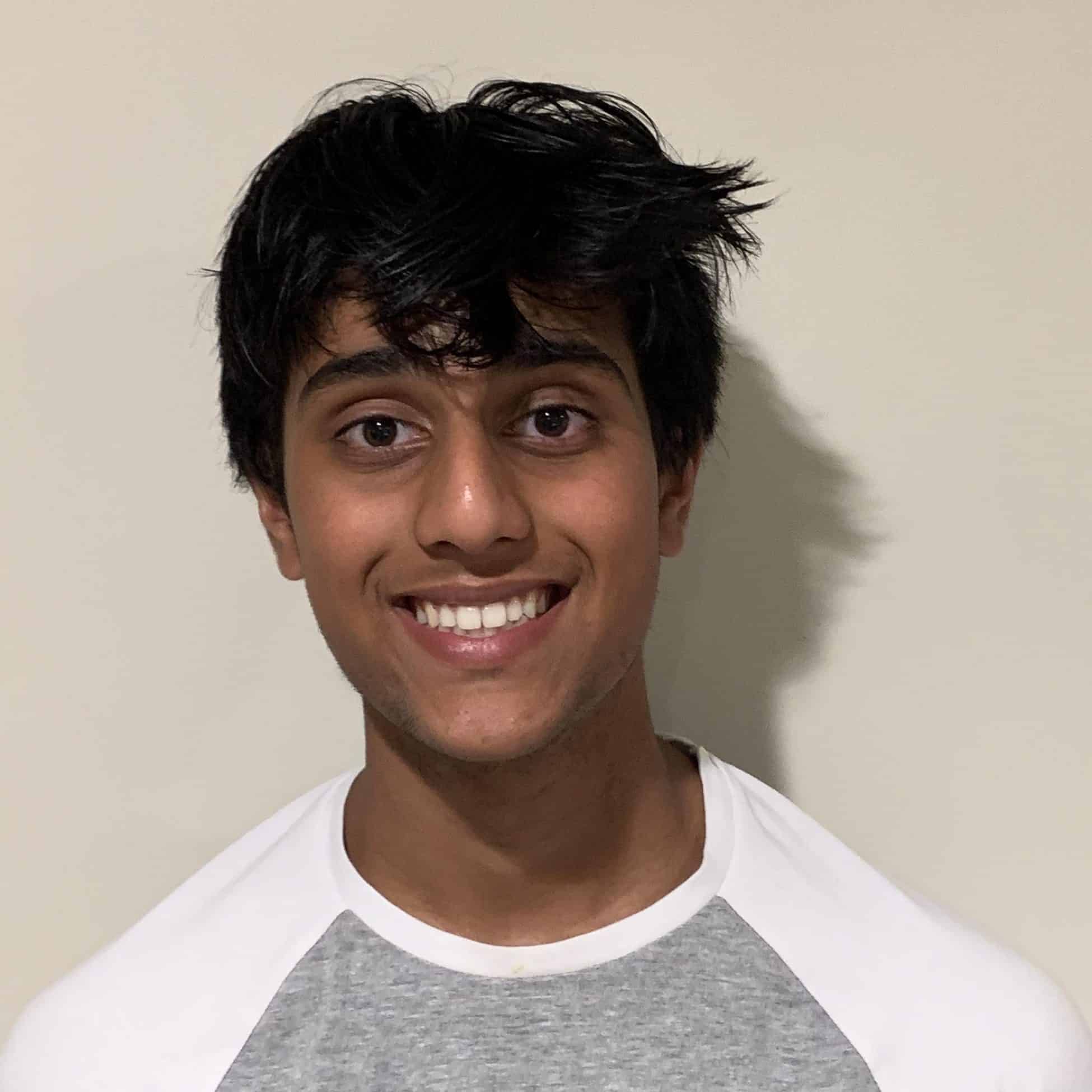Reflection
I learned a lot about coding, since I had not made a genuine project previously by coding byself or even with the help of github. I also learned about how I can take each step as a milestone, and how I can break down each problem and take each part a step at a time. I wanted to join this program to further my knowledge as a student and as an engineer. This project also meant a lot to me because as a rising sophomore I would like to learn what my genuine interests are and what I can major in in college. Over the course of this project from the help of my peers and Kevin, I learned a lot more about the coding and software aspect of any project and I really enjoyed being able to code something and experience the trials and errors that came with it. Overall, Bluestamp has really helped me understand what it takes to build a project individually.
Third Milestone
For my Third milestone, I decided to complete my project with the hardware portion, or the completion of the frame. I had decided to use a monitor from home because I wanted a sleek design instead of a bulky design with my mirror. I have the control panel for my monitor under the cardboard and I will be resting my google nest mini ontop of the cardboard on the front. I made the frame/case out of a Nintendo XL ds case and an airpods case for support. I have also cut out a small peice in the front for the buttons on the control panel that control the brightness, the volume, and the input. I had origionally made the monitor by stripping an old computor and buying a control panel from ebay. My final projuct turned out really well and effecient. the screen behind it is much more prominent then it is in the photos , but it does show up quite clearly in real life. I think that the most challenging part of my project was when I didn’t back up my code files of my config.js and all of my code was lost and sent back to the original format. I had to recode all of my Config.js file back to how it was, and I overcame it by backing up all of all of my progress onto separate files during each big moment of my project, an example being my second milestone, which was the completion of my software/display.
Second Milestone
My second milestone consisted of finalizing my moduels for my smart mirror and completing all of my API’s. This means that when I run my smart mirror program, everything software wise will be completed. The differnet moduels that I put on my smart mirror are, A spotify API, a current weather and forcasting API, a youtube/casting API, a New York Times news API, and A calender API. Each of these different API’s are custom to me in some way, for example the calendar API has a private URL link to my google calendar and anything that is added to my google caledar will be remotly added to my smart mirror. The Spotify API shows the album cover of a song, the Song name, artist, and album, and the time into the song that is playing. The New York Times news API shows a headline of some New York Times articles. I used the text editor in the file Config.js to change and edit the moduels. For my youtube/casting API, I can cast videos through my phone onto my smart mirror. I also added a Google Nest Mini to my smart mirro so that I can ask google to play music and the Spoitfy API can show the music that is playing, and the same effect with the youtube/casting API. I can ask google to stop casting, or to even cast a video to my rasberry PI through my iphone. I would like to attach my google Nest Mini to my fram in some way so that they culd work together. I would also like to add a speaker to my monitor so that when the youtube videos play from the youtube API the videos can sound better. My next milestone will be completely hardware based. It will include the frame and other hardware accessories.
First Milestone
How to customize the modules
The software of this mirror takes up the majorety of this project which is why I believed that it could be a suitable first milestone. After downloading the Rasberry Pi Imager onto my mac from this link, https://www.raspberrypi.org/documentation/installation/installing-images/README.md
and transferring the imager into a micro ssd, and then onto my actual rasberry pi, I downloaded a VNC on my mac and cnnected it to a VNC server on my rasberry Pi so that I could transer code from my mac to my rasberry pi in an effecient and easy way. After setting up the rasberry pi with my small 10.1 inch monitor and connecting a bluetooth mouse and keyboard to the pi, I used this link, https://docs.magicmirror.builders/getting-started/configuration.html#raspberry-specific
to code the smart mirror/magic mirror, and after I coded the smart mirror, I used different API’s and edited what the smart mirror showed by editing the programing in Text Editor in the Config.js program. I Edited the calendar API to show my own calendar and to update me on my own agenda for the week, and I updated the weather API to show the weather in my town for the current day and for the week. I used the Weather API called Open Weather Map the link is the following https://openweathermap.org
I would like to have my display fully customized as my next milestone and then I would like to start working on software and hardware customizations.






